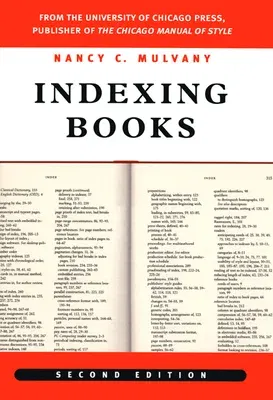Since 1994, Nancy Mulvany's Indexing Books has been the gold standard
for thousands of professional indexers, editors, and authors. This
long-awaited second edition, expanded and completely updated, will be
equally revered.
Like its predecessor, this edition of Indexing Books offers
comprehensive, reliable treatment of indexing principles and practices
relevant to authors and indexers alike. In addition to practical advice,
the book presents a big-picture perspective on the nature and purpose of
indexes and their role in published works. New to this edition are
discussions of information overload and the role of the index,
open-system versus closed-system indexing, electronic submission and
display of indexes, and trends in software development, among other
topics.
Mulvany is equally comfortable focusing on the nuts and bolts of
indexing--how to determine what is indexable, how to decide the depth of
an index, and how to work with publisher instructions--and broadly
surveying important sources of indexing guidelines such as The
Chicago Manual of Style, Sun Microsystems, Oxford University Press,
NISO TR03, and ISO 999. Authors will appreciate Mulvany's in-depth
consideration of the costs and benefits of preparing one's own index
versus hiring a professional, while professional indexers will value
Mulvany's insights into computer-aided indexing. Helpful appendixes
include resources for indexers, a worksheet for general index
specifications, and a bibliography of sources to consult for further
information on a range of topics.
Indexing Books is both a practical guide and a manifesto about the
vital role of the human-crafted index in the Information Age. As the
standard indexing reference, it belongs on the shelves of everyone
involved in writing and publishing nonfiction books.

